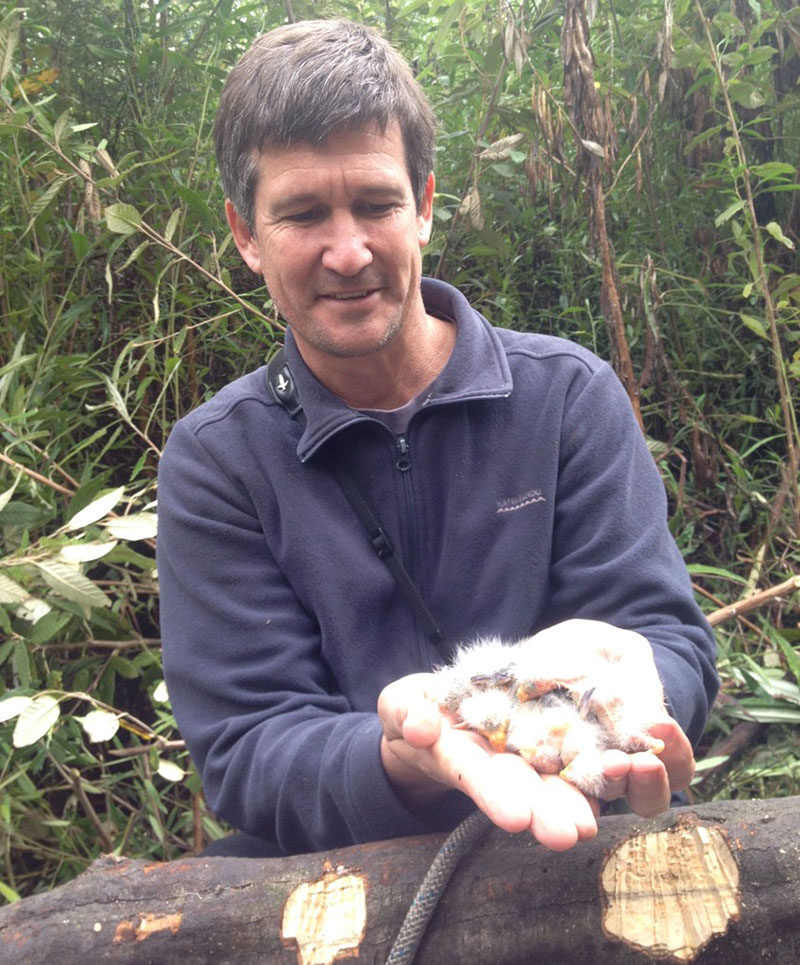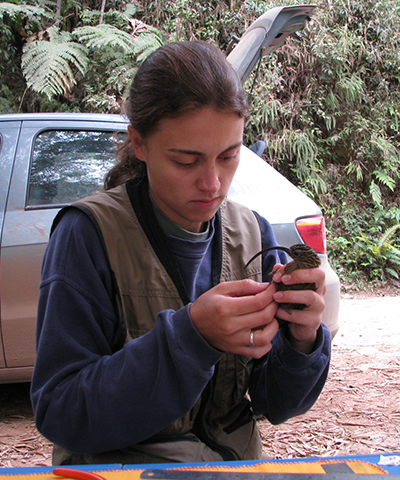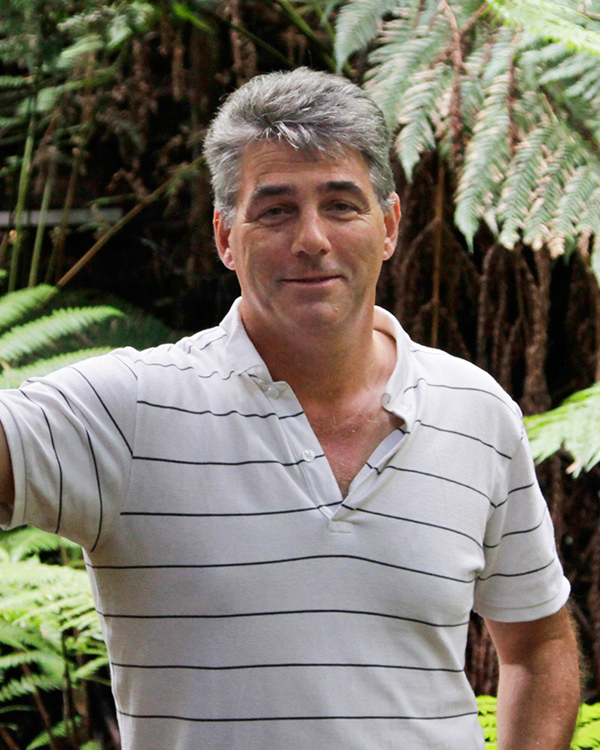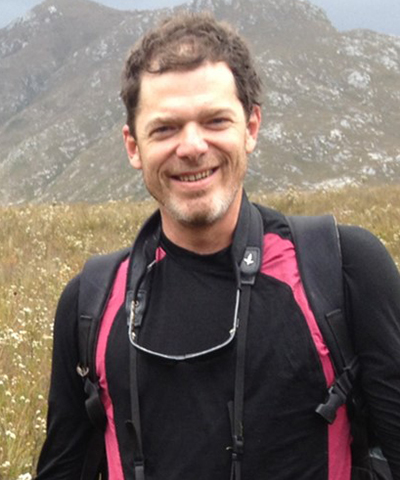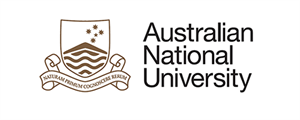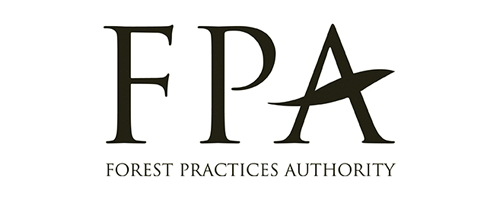
Why is the research needed?
The critically endangered swift parrot is a hollow-nesting migratory bird which winters in south-eastern mainland Australia and migrates to Tasmania to breed in summer. Over the year they fly long distances to find food (nectar from eucalypt flowers) and depend on suitable conditions across multiple, distant locations. It is estimated that there are now less than 2000 birds and numbers are continuing to decline.
Managing the species is challenging because their movements and breeding location change each year in response to highly variable environmental conditions, which affect eucalypt flowering.
In Tasmania their breeding habitat has been dramatically reduced, degraded and fragmented by vegetation clearance, land use change and logging since European settlement, in particular this has dramatically reduced the number of hollow-bearing trees.
Prior research by the team has also discovered that sugar gliders, which are not native to Tasmania, are eating nesting mothers, chicks and eggs, which is accelerating the catastrophic decline of the species. Up to half of the nesting parrots can be eaten by sugar gliders every year.
How will the research help?
This project will reduce the risk of imminent extinction of Swift parrots by addressing the dual problems of:
- severe predation by introduced sugar gliders during nesting; and
- chronically low rates of population recruitment.
The project is investigating:
- factors affecting reproductive success,
- causes of nest failure,
- techniques for mitigating sugar glider predation,
- nest parasites, and
- food resources availability.
In the short term, a lack of tree hollows can be addressed with nest boxes. The team has already spent substantial time in developing and refining nest box designs to support Swift parrot breeding. They have also developed a solar powered device that can be added to nest boxes to keep gliders out of nest boxes overnight.
The migratory nature of the bird has made it difficult to determine where to install the nest-boxes in time for the commencement of breeding. The team is conducting the first ever study of factors predicting breeding location, which will allow locations to be identified weeks prior to parrots arriving.
The team is also investigating factors affecting reproductive success and where breeding swift parrots search for food while nesting. In combination this research will identify and refine the best techniques to increase survival and reproductive success.
A young swift parrot. Photo: ANU
What research activities are being undertaken?
Planned research activities include:
- Surveying of over 1000 sites in Tasmania to investigate how annual swift parrots nest site selection is affected by patchy and unpredictable tree flowering.
- Monitoring of swift parrot site use and tree flowering patterns across Tasmania to predict likely breeding areas each year for research and conservation actions.
- Mapping sugar glider predation risk areas.
- Deploying nest boxes each year in likely breeding habitat, focusing effort on offshore islands with low risk of predation.
- Additionally deploying predator exclusion devices for breeding areas with high sugar glider populations.
- Refining and extending existing models of habitat use and nest survival of swift parrots by incorporating LIDAR satellite imagery data (in collaboration with Sustainable Timber Tasmania and the Forest Practices Authority).
- Developing methods to monitor and control parasites and diseases.
- Using long-term sightings data to develop guidance for habitat restoration on mainland Australia, focusing on both regular wintering locations and drought refuges.
- Investigating changing use of habitats over the past 20 years on the Australian mainland by swift parrots, as well as the implications for land management in relation to changing climate.
The Australian National University is leading the research and is working with:
- The Tasmanian Department of Primary Industries, Parks, Water and Environment
- Sustainable Timber Tasmania and the Forest Practices Authority
- Forest Practices Authority
- weetapoona and South East Tasmanian Aboriginal Corporations
- Relevant NGOs and community groups.


Volunteers with swift parrot nest boxes. Photo: ANU
Where is the research happening?
Research will take place in Tasmania with a focus on eastern areas.
When is the research happening?
The project began in 2015 and will continue until December 2020.
Top image: Dr Dejan Stojanovic checking a swift parrot nesting box 20m up a eucalypt tree. Photo: ANU
-
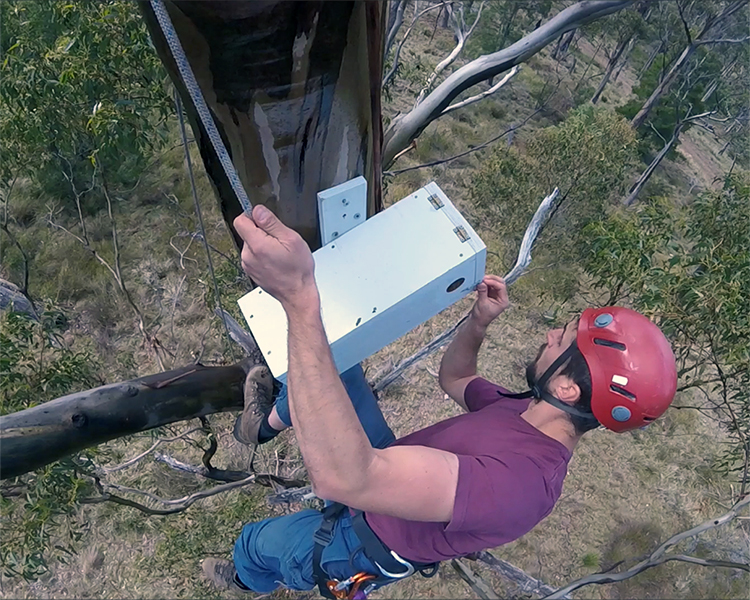
Out of the box - Designing nest boxes for conservation success
Tuesday, 13 February 2018 -
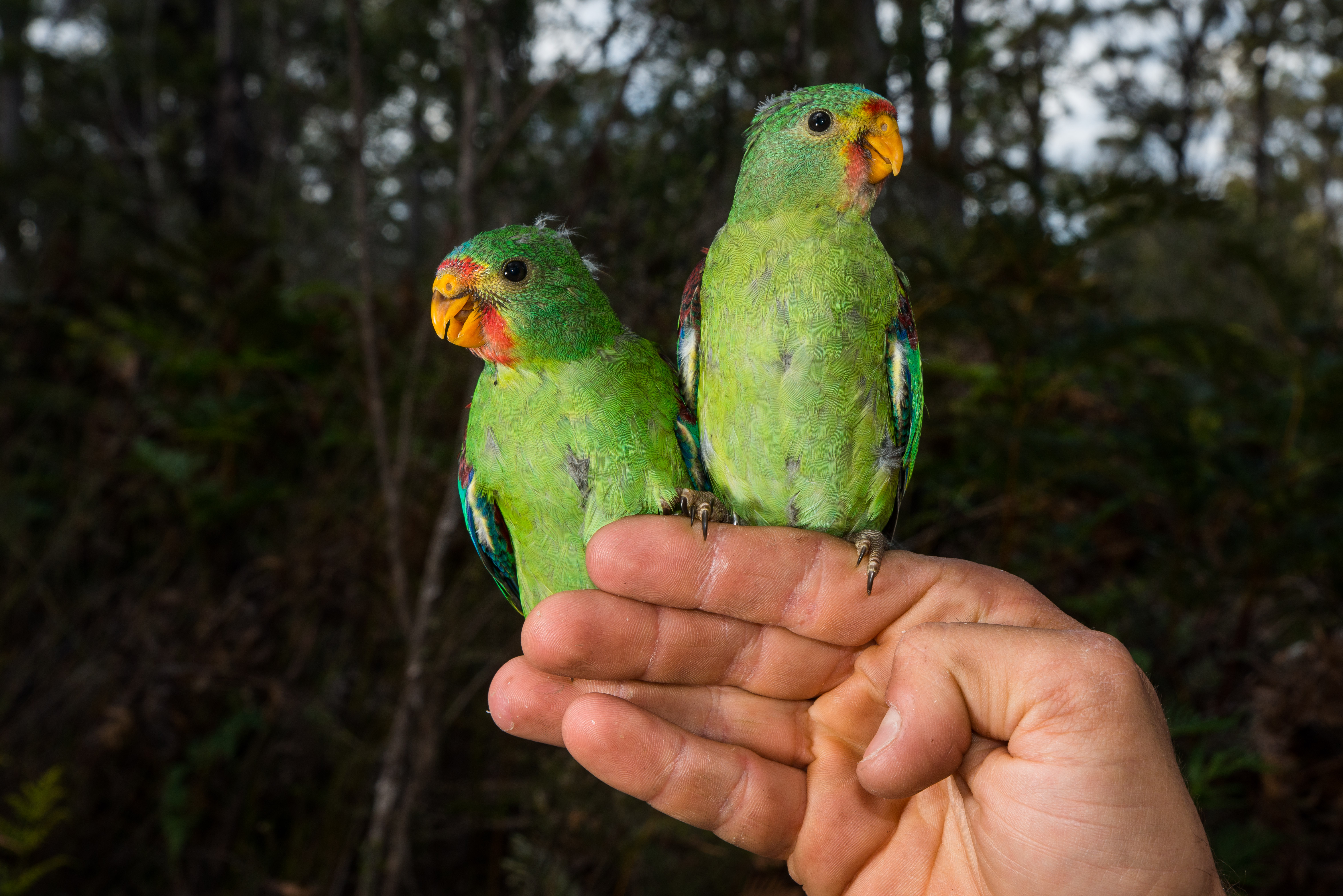
Parrots make swift use of nesting boxes in Tasmania
Monday, 10 October 2016 -
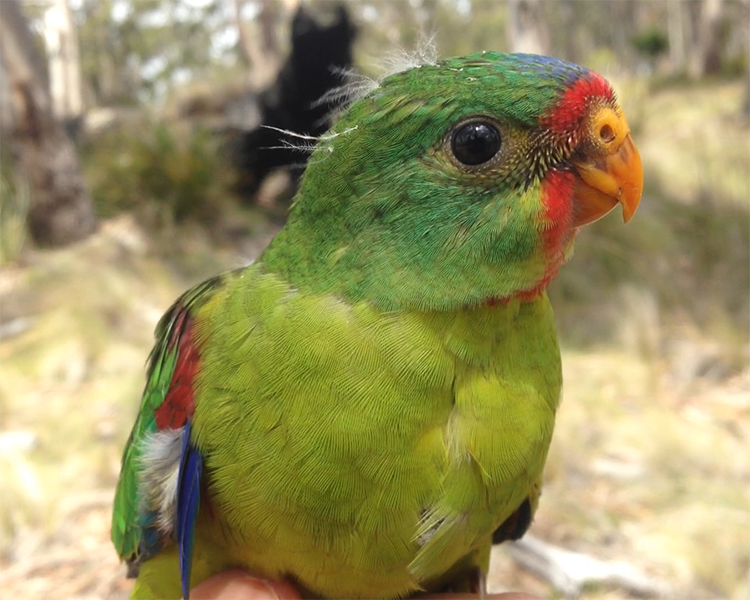
Scientists fighting to stop endangered parrot massacre
Monday, 16 October 2017 -
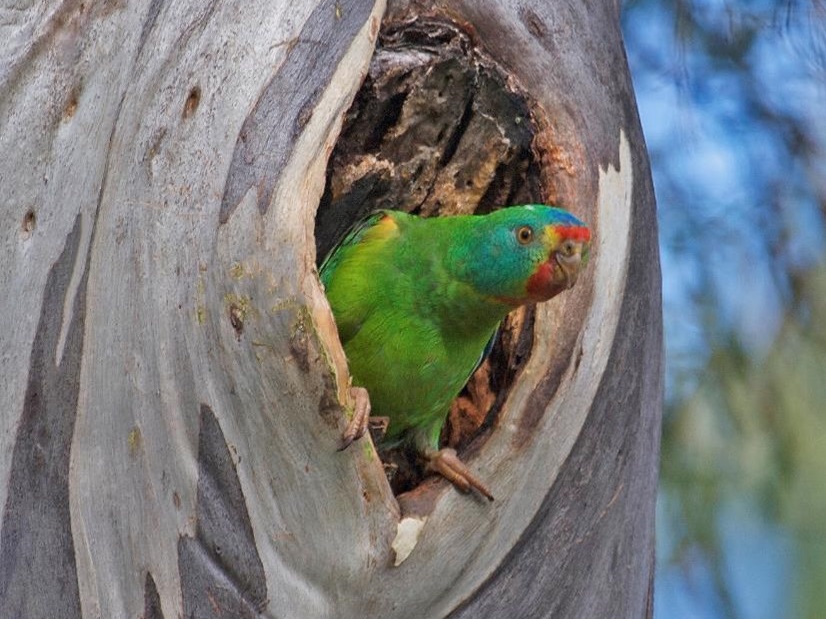
Addressing a swift-parrot housing crisis
Wednesday, 07 December 2016
